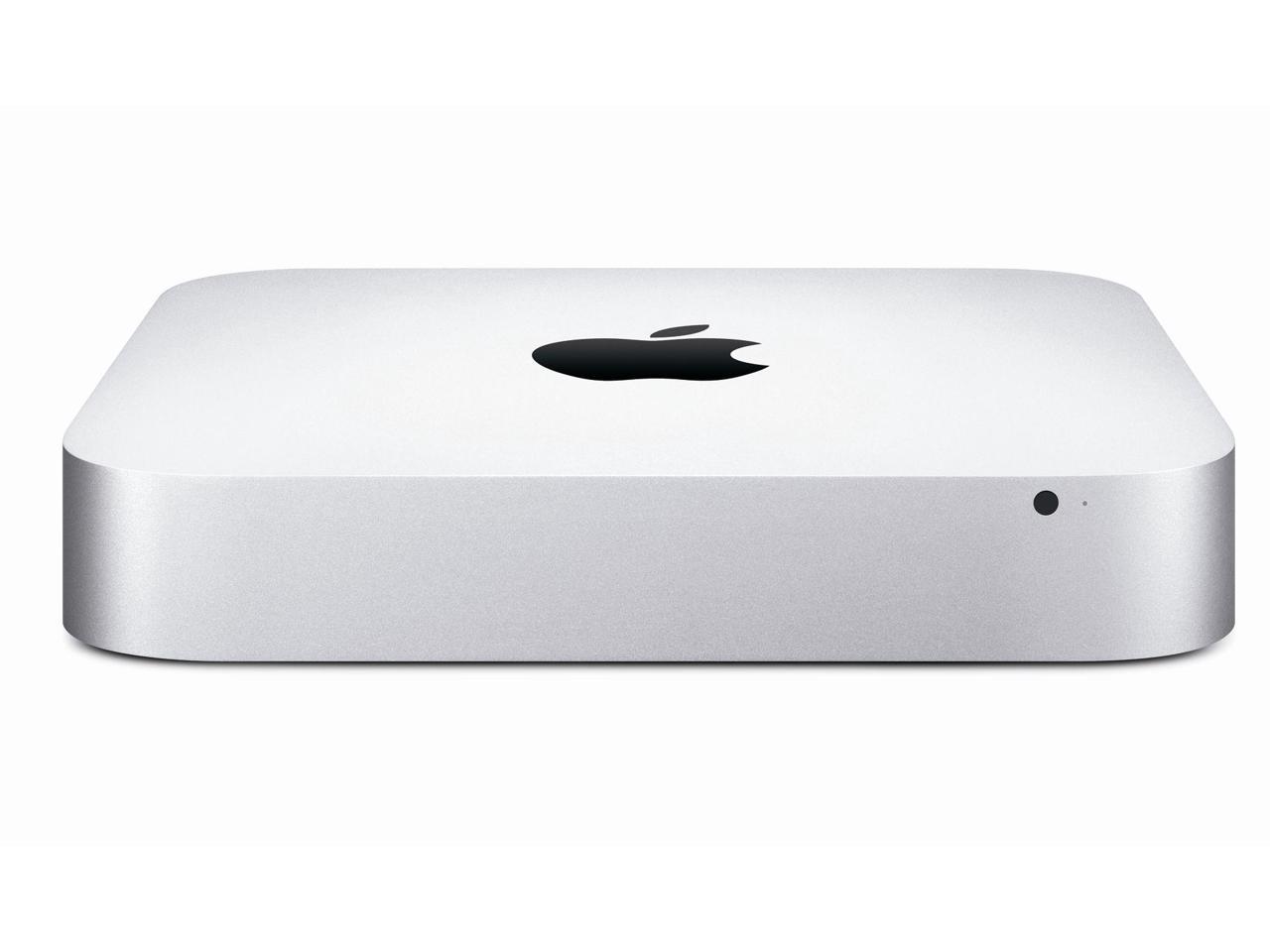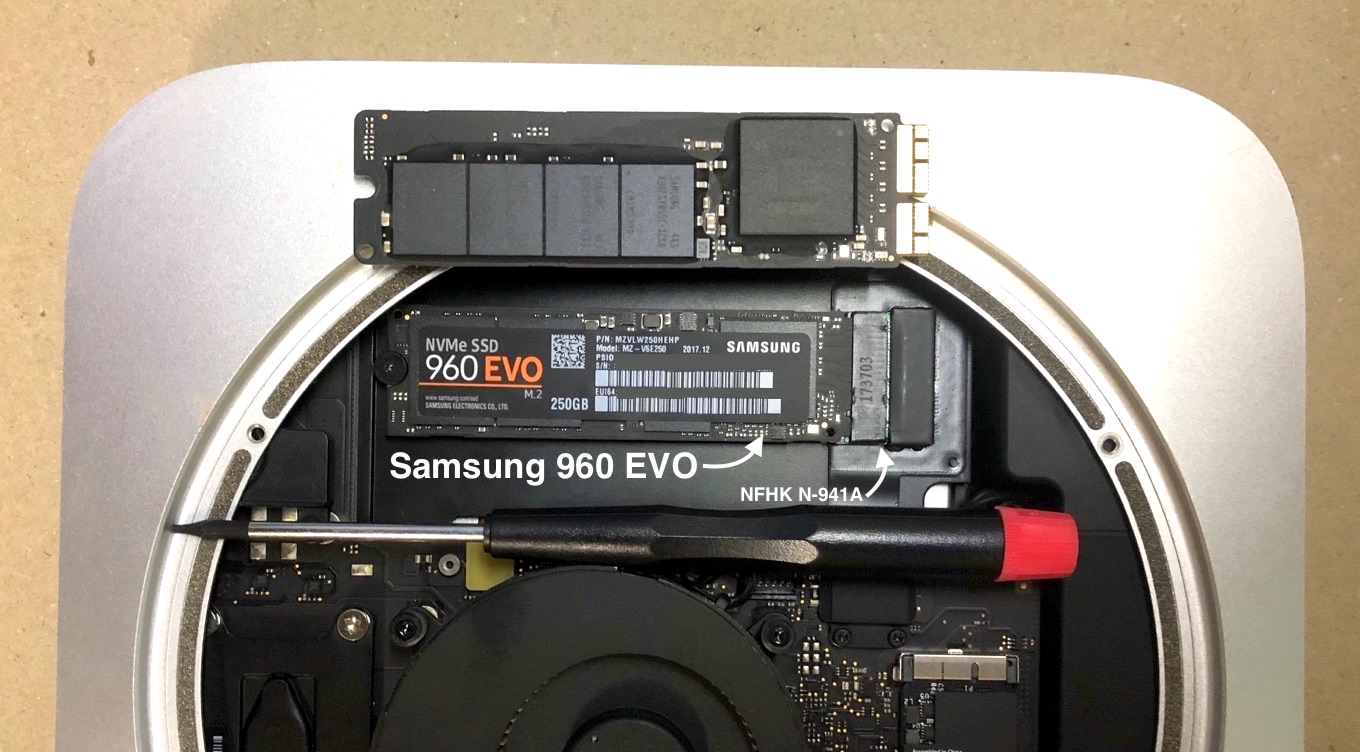

- #LATE 2012 MAC MINI HIGH SIERRA INSTALL#
- #LATE 2012 MAC MINI HIGH SIERRA 64 BIT#
- #LATE 2012 MAC MINI HIGH SIERRA DOWNLOAD#
- #LATE 2012 MAC MINI HIGH SIERRA WINDOWS#

Choose the OS X disc.įrom the OS X installation menu, choose Utilities -> Terminal.Įject the FreeBSD disc using diskutil eject /dev/disk1 in the terminal.
#LATE 2012 MAC MINI HIGH SIERRA WINDOWS#
Power on the machine while holding down the ALT/Option key - you will eventually be presented with three boot options: The OS X installation disc, a Windows disc (FreeBSD disc) and a Windows hard disk (FreeBSD). The system will shutdown gracefully but fail to reboot, so you will need to power the machine off manually. Insert the OS X installation disc into the external CD/DVD drive. Continue with your own choices until the installation is finished, but do not reboot yet. Here you should at the very least enable powerd(8) for power saving and heat reduction. Accept the suggested partition layout or adjust for your own preferences.Ĭontinue with your own choices until you reach the Choose Services section. In the FreeBSD installer, make your own choices until you reach the disk setup. Choose that icon to boot into the FreeBSD installer. Insert the FreeBSD installation CD/DVD in the internal CD/DVD drive and turn on the Mac Mini while holding down the ALT/Option key until a Windows CD Icon appears. This is not a dual-boot OS X/FreeBSD installation These instructions will erase your computer's internal hard disk. #LATE 2012 MAC MINI HIGH SIERRA 64 BIT#
The Boot Camp documentation for the Mac Mini 2,1 says you can load a 32 bit Vista system, but not a 64 bit version.

NOTE: the later 11.3-RELEASE i386 CD-ROM will not boot.
#LATE 2012 MAC MINI HIGH SIERRA INSTALL#
The FreeBSD 12.0-RELEASE i386 (and stable snapshot) images do not boot - install from the 11.2-RELEASE i386 CD-ROM and source upgrade to 12.0-RELEASE. This Mac mini will detect an OS X installation disc in an external CD/DVD/ drive. This Mac mini will not detect FreeBSD installation discs in an external CD/DVD drive. You cannot eject the FreeBSD disc from within the FreeBSD installer as it is in use and, after a reboot, the FreeBSD installation on the internal hard disk will not be found. An OS X install disc (preferably the one that came with the machine or it might not boot).īootROM version 00 and SMC version 1.19f2 (two cases confirmed of successful installation of 11.2-RELEASE i386).īootROM version 00 and SMC version 1.19f0 (one case confirmed of failure to detect 11.2-RELEASE i386 CD-ROM disc). Installing FreeBSD as the only operating system asmc kernel module patches for 5,1, 5,3 and 7,1 models drm2.ko module issue with drm-legacy-kmod-g20190213 FreeBSD 12.0-RELEASE fails to boot with lua loader issue macmini2,1 fails to boot with lua loader error macmini2,1 and macmini3,1 FireWire not working Do not close the lid or power off your Mac until installation is complete.** Source upgrade from 11.2-STABLE i386 11.2-RELEASE i386 installable from CD-ROM. During installation, your Mac may restart, or display a blank screen for a short time. In the Updates window, locate the line that says Catalina. In the App Store, on the left side of the window, select Updates. In the menu bar, click the Apple icon to open the Apple menu. #LATE 2012 MAC MINI HIGH SIERRA DOWNLOAD#
Do not close the lid or power off your Mac until installation is complete.Īfter you've gone through the preparation steps, you need to download and install the latest version of macOS.
During installation, your Mac may restart, or display a blank screen short time. When this process is complete, an installer application named Install OS X El Capitan is placed in your Applications folder. Follow the on-screen instructions to perform a compatibility check, and prepare for installation. In the archive, double-click InstallMacOSX.pkg. Double-click the downloaded archive, InstallMacOSX.dmg, to view its contents. The file size is 5.8 GB, so the download may take a while, depending on the speed of your Internet connection. Download the El Capitan installer from Apple. If your Mac is running OS X Lion or Mountain Lion, follow these steps to upgrade to El Capitan. If your Mac is running Mavericks or newer, you can proceed to upgrade to Catalina. * If your Mac is running OS X Lion or Mountain Lion, you must upgrade to El Capitan before you can upgrade to Catalina. 
The following versions of OS X and macOS can be upgraded to macOS Catalina. If anything goes wrong, you can restore your Mac to its previous state. Back up your dataĪlthough not required, we strongly recommend you back up your Mac before proceeding with an upgrade. However, you can still try to upgrade to El Capitan. If your Mac is not on this list, you cannot upgrade to Catalina.








 0 kommentar(er)
0 kommentar(er)
